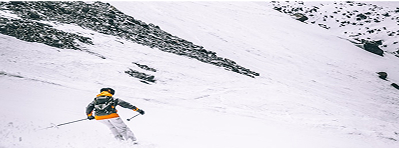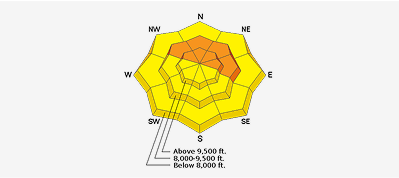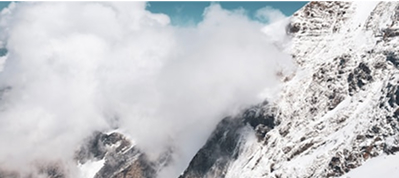Isolated pockets of Wind Slab were possible in the upper elevation exposed terrain from top and cross loading from the N and NW overnight winds.
Very little natural activity was observed, and as a result the Danger appeared to be a fairly widespread Moderate on Sunday.
For Monday, the Danger may be mostly related to any new snow issues; and if the forecast of snow comes in lower than actual new snow totals the Danger may raise to Considerable during periods of heavy PI. If this does not occur the Danger may continue to be Moderate for Isolated Wind Slabs, Wet Loose on Southerly exposures as well as mid elevations with rising temperatures, and Loose Dry on upper elevation steep terrain on the northerly aspects.






